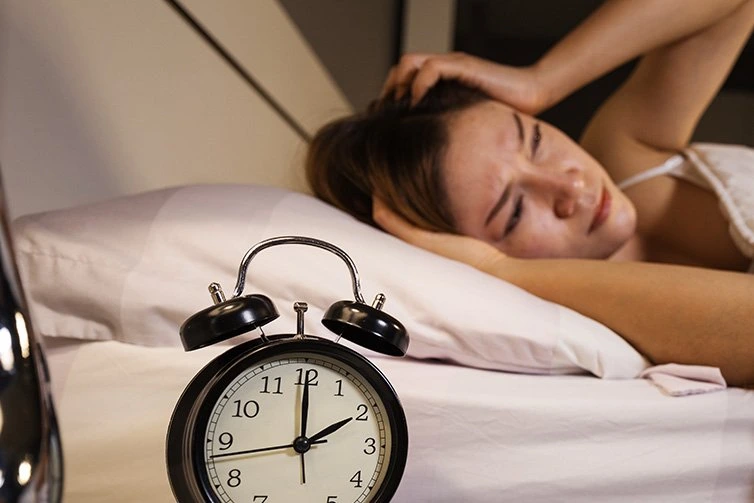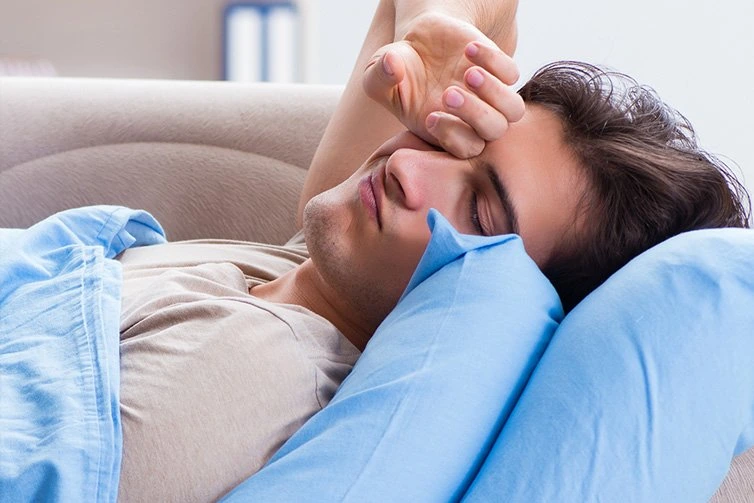Sleeping disorders are becoming more and more common in present times. This can perhaps be attributed to our ever-busy lifestyles. This includes how we constantly spend time in front of screens and our lifestyles. Another major contributor is transitions in seasons which disrupt sleep patterns even in the healthiest of us.
The traditional approach to treating sleep disorders is a proper sleep hygiene coupled with the use of prescription medication. With rising cases of prescription pill addiction and side effects, PEMF is a better, healthier alternative that can be used to counteract these effects.

What is PEMF Therapy?
PEMF Therapy is short for Pulsed Electromagnetic field. While it has gained fame over the past few years, it has been around since around 2000 B.C. PEMF therapy works by passing voltage through the cells of an organ. Cells transmit and communicate through passing impulses. This allows their interaction which then allows them to function normally and continuously daily.
When cells are infected by disease or damaged through trauma or the natural aging process, their interaction with each other is reduced greatly. The voltage passing through them is reduced to levels even lower than 0.5hz. When this occurs, inflammatory mediators are activated which then worsen the process of cell injury and function.
PEMF therapy works by essentially “recharging” these cells. This in turn boosts their communication and as a result reverses the process of inflammation and cell death.

Sleeping Disorders Treatable by PEMF therapy
There are many sleeping disorders known to man. While narcolepsy is perhaps the most known, it is just one of the many on the spectrum. Sleep disorders occur during the REM cycle. This is the part of the sleep cycle when the body experiences “light” sleep and is most arousable. Other common sleeping disorders are:
- Sleep walking. This is a state when the human body is asleep yet awake. A person experiencing sleep walking will wake up, sit up and even cook. They are often not aware of their actions and will not remember them on waking.
- This is when during the period of narcolepsy, the human body loses muscle tone. It is characterized by periods of falling or fainting.
- Sleep apnea. This is a period of labored breathing during sleep. During this period, the affected individual may experience snoring. Sleep apnea is common in overweight individuals and people with respiratory conditions.
- Narcolepsy is characterized by excessive daytime sleepiness that is not relieved by sleep.
- This is when an individual finds it hard to fall asleep and to maintain sleep.
How Sleeping Disorders Have Been Treated in The Past
For a long time, sleep disorders of the REM cycle have been treated by prescription medication followed by a sleep hygiene routine. Many of the drugs used to treat sleep disorders are sedative-hypnotics such as Valium and Xanax. both of these are benzodiazepines.
These drugs reduce the time it takes to fall asleep and increase the NREM deep sleep and finally allow the individual to wake up from sleep without being groggy. All of these effects are highly addictive.
Despite these drugs being sold exclusively on prescription only basis, individuals who are addicted to them have found a way to get them through clandestine means. This in itself is a major contributor to the prescription addiction pandemic in the United States.
Sleep hygiene methods include avoiding daytime naps for people with insomnia., creating a wind-down routine that favors falling asleep, avoiding screens in the bedroom and finding ways to encourage sleep such as reading a book or listening to a calming podcast.
The problem with these methods perhaps is that life is often not predicable. This means that most people tend to either forget or abandon ship altogether. This is why drugs are often the last and effective resort. They are easy to take, do not require much effort on the patient’s routine and kick in almost immediately.
PEMF offers a way to bypass this risk while actively addressing the problem at hand. It offers a way to avoid addiction, avoid the pharmacological side effects associated with polypharmacy and at the same time deal with the sleep problem.
How PEMF works for sleeping disorders
orders have been attributed to a loss in the delta and theta waves during sleep. These waves are generated by neurons during the sleep process. They promote falling asleep, maintain the sleep through the different cycles and allow an individual to wake up without feeling all too sleepy.
PEMF passes current through the cells. These current boosts the voltage of the cells and allows the cells to amplify to delta waves which are the best for maintaining REM sleep. The increased electrical activity of the cells works to maintain the natural circadian rhythm which ultimately allows for easy falling asleep, maintenance of sleep and arousal without hang-over.
Current and ongoing studies have shown great results and immense promise with use of PEMF for the treatment of sleep disorders.